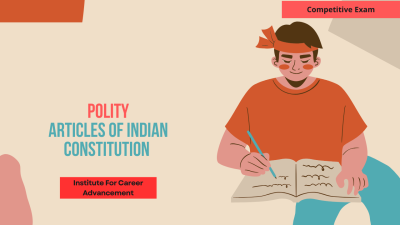Muslim League Politics
Muslim League Politics refers to the political actions and ideologies associated with the All India Muslim League (AIML), a significant political party in colonial India, founded in 1906. Initially focused on the protection of Muslim rights, the party played a crucial role in the demand for Pakistan and the eventual partition of India in 1947. Under the leadership of Muhammad Ali Jinnah, the Muslim League became a key player in Indian politics, advocating for a separate Muslim-majority state due to concerns about Muslim identity, culture, and political representation in a post-colonial India. The rise of the Muslim League's demand for two-nation theory and its struggle for the creation of Pakistan marked a turning point in Indian history, significantly shaping the trajectory of South Asia's political landscape. মুসলিম লীগের রাজনীতি বলতে 1906 সালে প্রতিষ্ঠিত ঔপনিবেশিক ভারতের একটি উল্লেখযোগ্য রাজনৈতিক দল অল ইন্ডিয়া মুসলিম লীগ (এ. আই. এম. এল)-এর সঙ্গে যুক্ত রাজনৈতিক কার্যকলাপ ও মতাদর্শকে বোঝায়। প্রাথমিকভাবে মুসলিম অধিকার সুরক্ষার দিকে মনোনিবেশ করা, দলটি পাকিস্তানের দাবি এবং 1947 সালে ভারতের বিভাজনের ক্ষেত্রে গুরুত্বপূর্ণ ভূমিকা পালন করেছিল। মুহম্মদ আলী জিন্নাহর নেতৃত্বে মুসলিম লীগ ভারতীয় রাজনীতিতে একটি প্রধান খেলোয়াড় হয়ে ওঠে, একটি উত্তর-ঔপনিবেশিক ভারতে মুসলিম পরিচয়, সংস্কৃতি এবং রাজনৈতিক প্রতিনিধিত্ব সম্পর্কে উদ্বেগের কারণে একটি পৃথক মুসলিম সংখ্যাগরিষ্ঠ রাষ্ট্রের পক্ষে সওয়াল করে। মুসলিম লীগের দ্বি-জাতি তত্ত্বের দাবির উত্থান এবং পাকিস্তান গঠনের জন্য তার সংগ্রাম ভারতীয় ইতিহাসে একটি সন্ধিক্ষণ চিহ্নিত করে, যা দক্ষিণ এশিয়ার রাজনৈতিক দৃশ্যপটের গতিপথকে উল্লেখযোগ্যভাবে রূপ দেয়।
English
Last updated
Thu, 20-Feb-2025



















